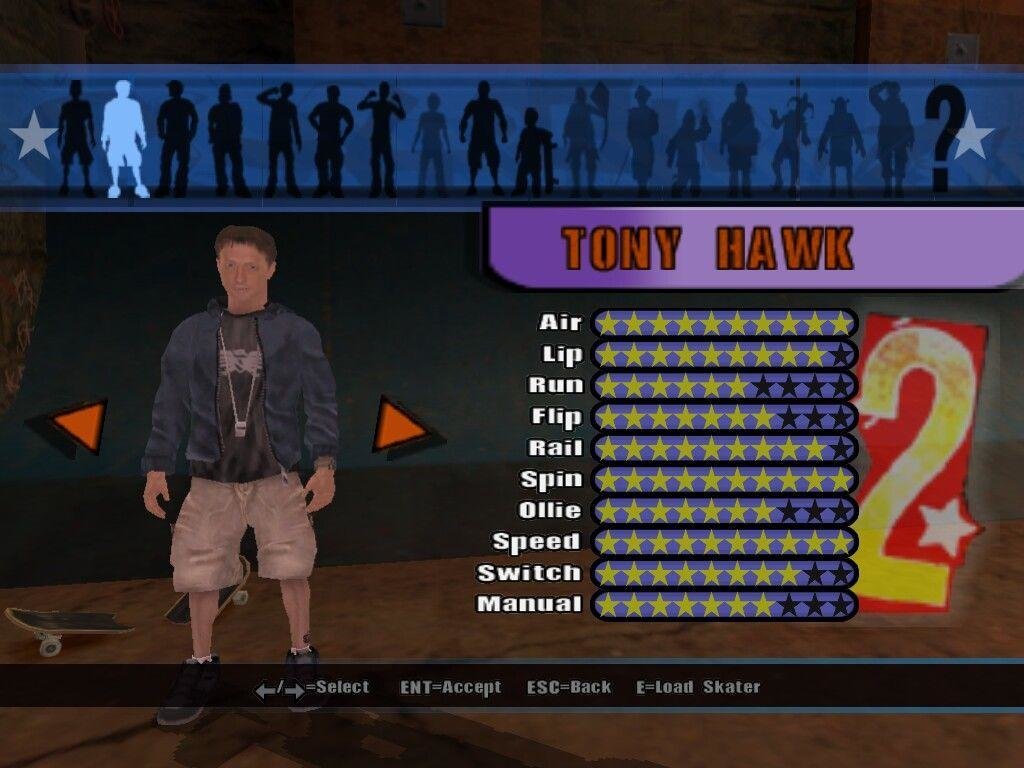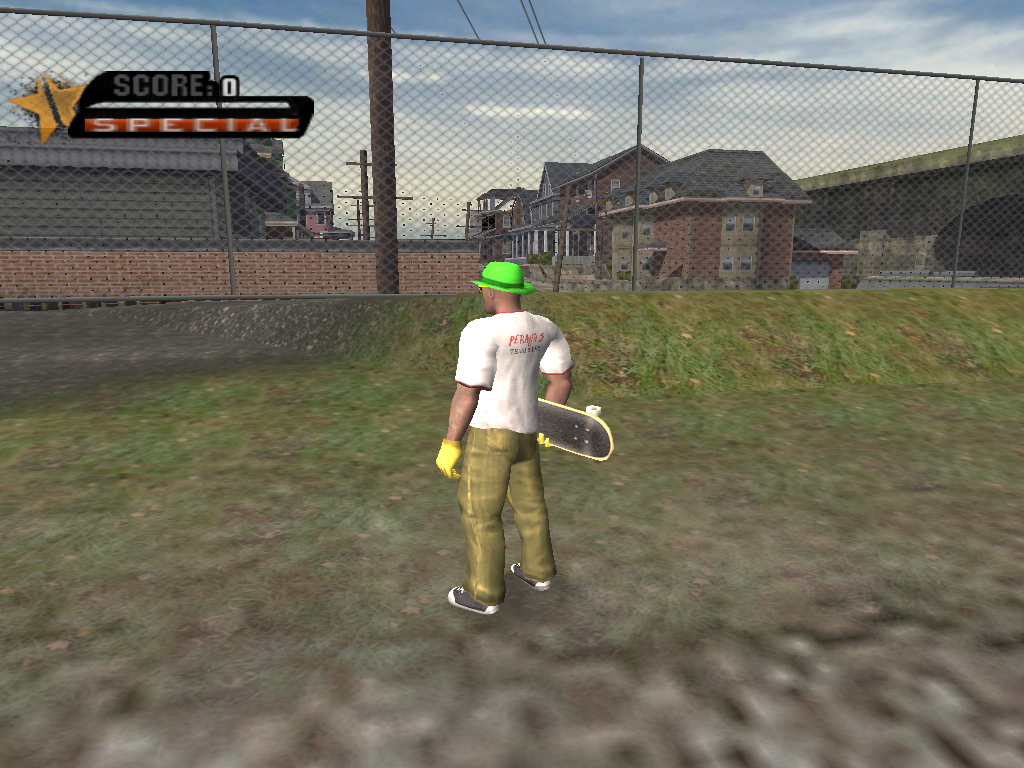
The hidden combos and flatland trick system was expanded as well. A "vehicle" in a loose sense, this would be expanded upon greatly in future games. Bam Margera even had his Jackass antics involved as the Alcatraz stage allowed you to make a downhill run in a shopping cart. Levels were now much bigger, both in horizontal and vertical dimensions. Bob Burnquist had his crazy loop combos which were based on moves he had performed earlier in the year. An interesting spin on the Pro Skater title, Tony Hawk for instance had to do some sick tricks leading up to the 900, his most famed move. Each skater had their own specific Pro Challenge which tied in with their career. This time, the career mode was expanded to include 190 different objectives.

Spine Transfer -> Level Off -> Grind combos were also huge and crafted new and often unthinkable opportunities.Ī shift was happening though, and by now the focus was less on the 2-minute runs we were all accustomed to. Combo opportunities now were much greater when coupled with any Spine Transfer -> Revert -> Manual combo. The added benefit of this is that you can now ollie off of any ramp, straighten out and land in a grind. If a skater performed an ollie off the side of a QP or HP, he could right himself with a tap of a button. The level-off feature was now a solid part of gameplay. While not nearly as revolutionary as the manual or revert, the move allowed gamers to continue combos where in the past they could not. The main gameplay addition was the spine transfer. Each game in the series added numerous elements to the skater editor, level editor and menu systems.ġ: The Gameplay THPS4 boasts, once again, larger levels and more detailed environments. Barring changes to the skating system itself, gamers were treated to an expansive set of options and customizability. For the next few games you'll find a number of interesting and important underlying gameplay additions.

By this point though, many of the updates weren't so visible. Much later, the GBA game was ported to the Tapwave Zodiac and digiBLAST portables, marking a whopping 12 different versions of the game!īeing the 4th consecutive year with a release, Neversoft seemed to have streamlined the process. The PC and Mac versions were developed by Aspyr (who handled the Mac port of THPS3). On the other hand, it was the first to grace the mobile arena with a port from Vicarious Visions and a pair from Jamdat. THPS 4 was the first time a game didn't appear on the Nintendo64 or GameBoy Color. Much like its predecessor, this game graced every platform imaginable. It would also be the final installment featured on Sony's aging PS1 console, which, of course, was the first platform the series appeared on. Continuing the tradition of annual updates, THPS 4 would be the last to utilize the 'Pro Skater' moniker we'd all become accustomed to.


 0 kommentar(er)
0 kommentar(er)
